ENGL140 Assignment: Exploring Identity in Children's Literature
VerifiedAdded on 2022/08/21
|5
|1105
|13
Essay
AI Summary
This essay examines the concept of identity within the context of children's literature. It begins by tracing the historical roots of identity as a concept, noting the influence of figures like John Locke. The essay then delves into the critical role of gender in shaping identity, referencing works like John Stephens' collection on masculinity in child literature and books like "I Am Jazz" and "A Fire Engine for Ruthie" which challenge gender stereotypes. The discussion highlights how children's books reflect and influence societal views on gender, sexuality, and individual differences. It also touches upon the portrayal of male-dominated characters in classic literature. The essay concludes by emphasizing the impact of these portrayals, both positive and negative, on children's understanding of the world and themselves. It underscores the importance of inclusive representation in children's literature to foster a broader understanding of identity.
1 out of 5
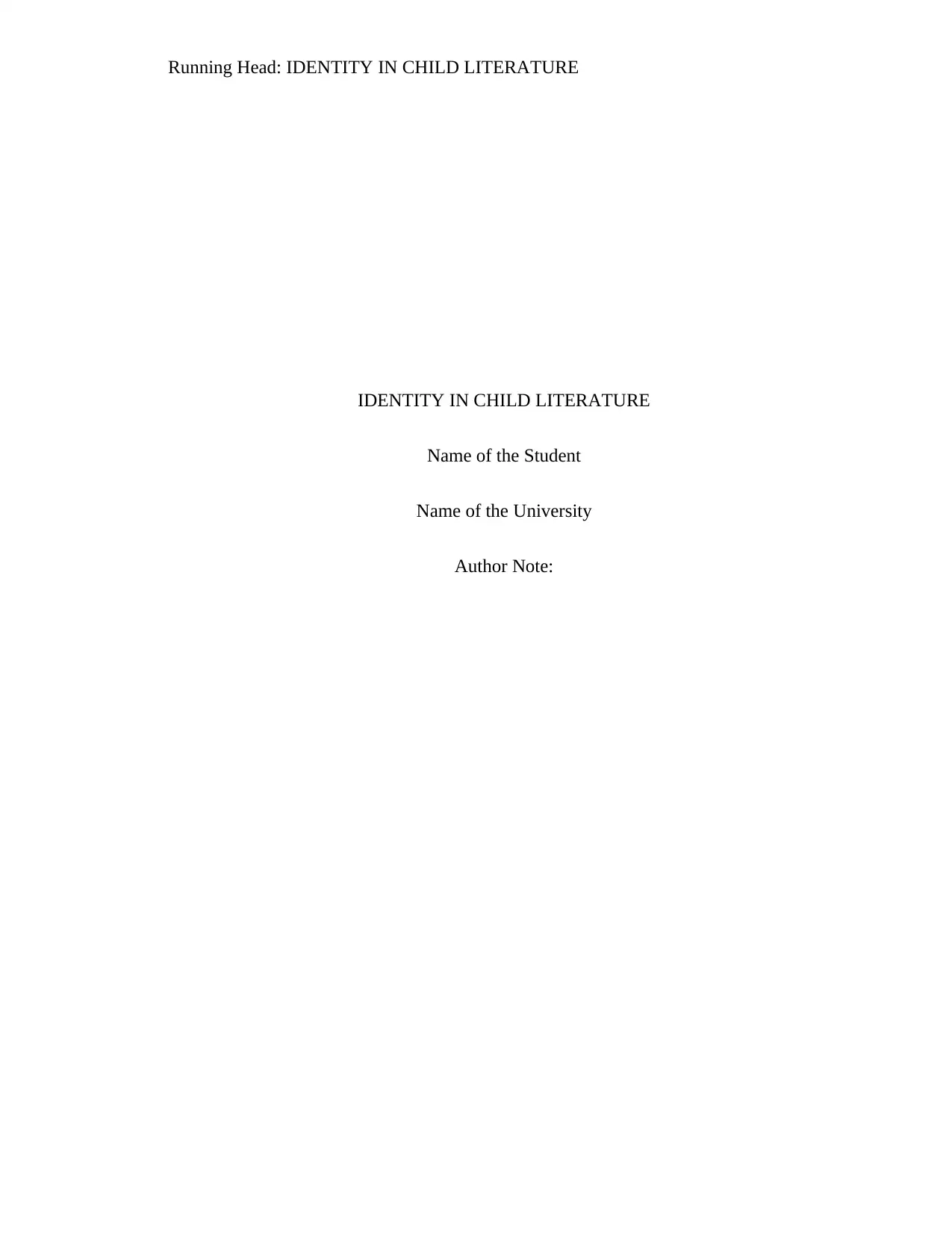
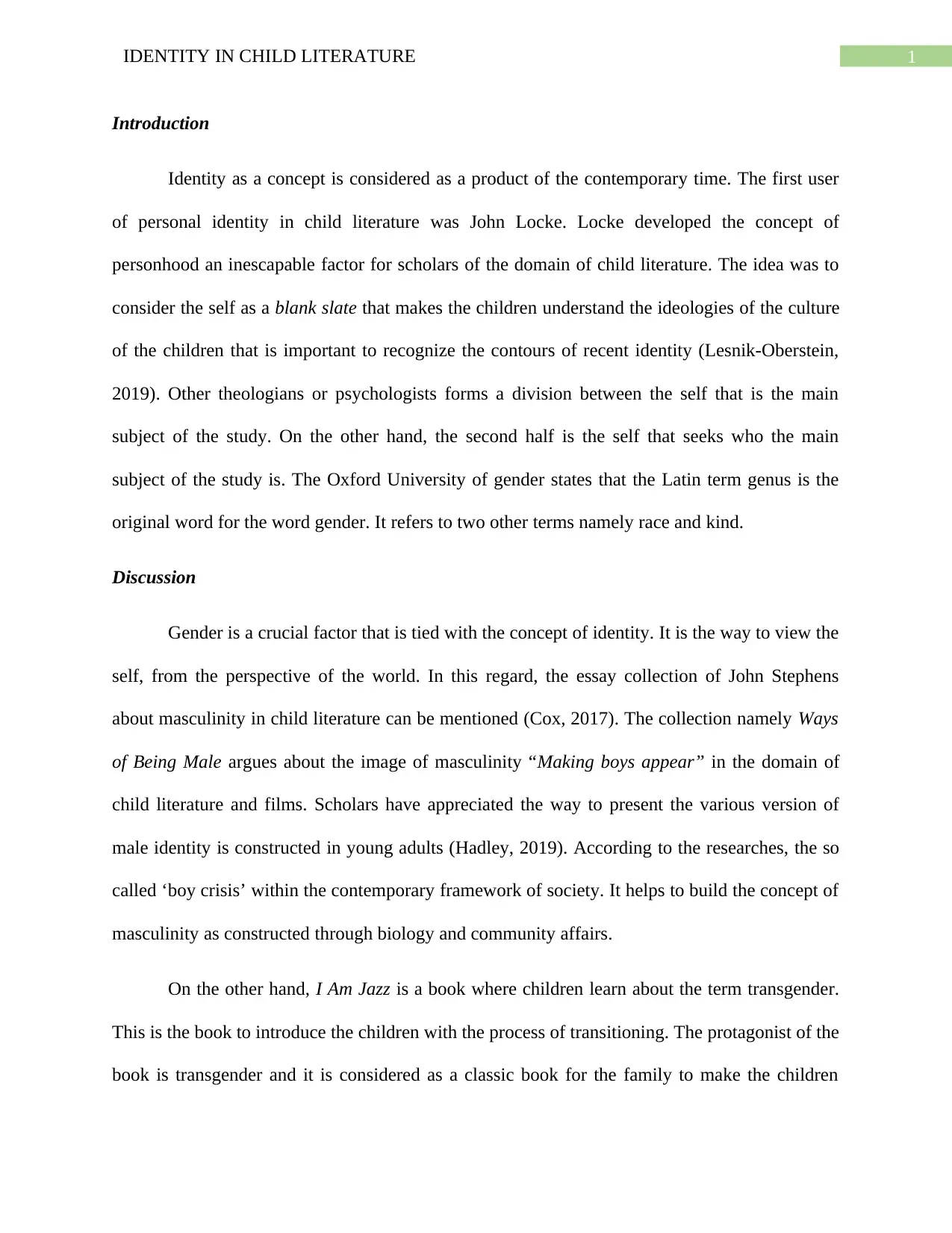
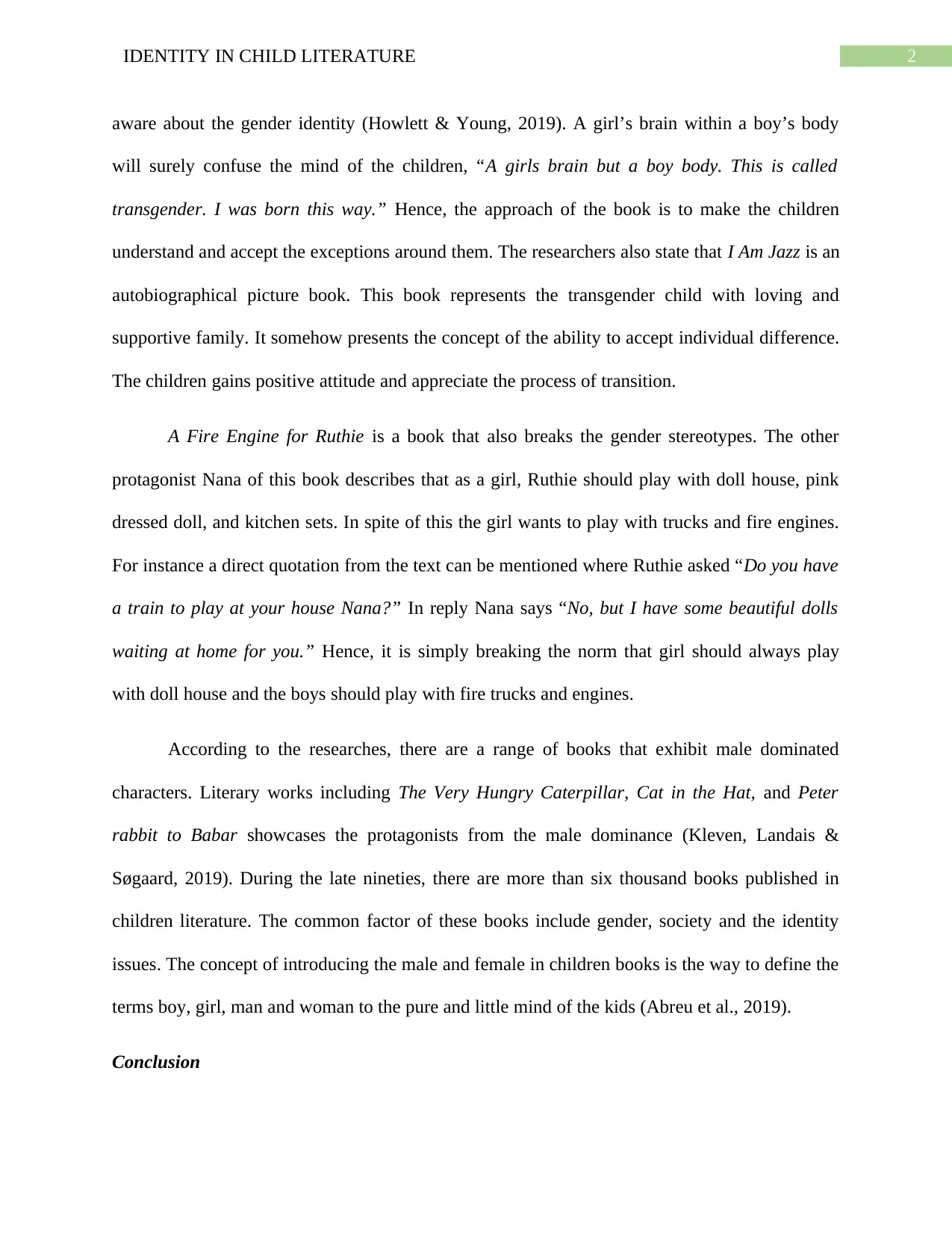

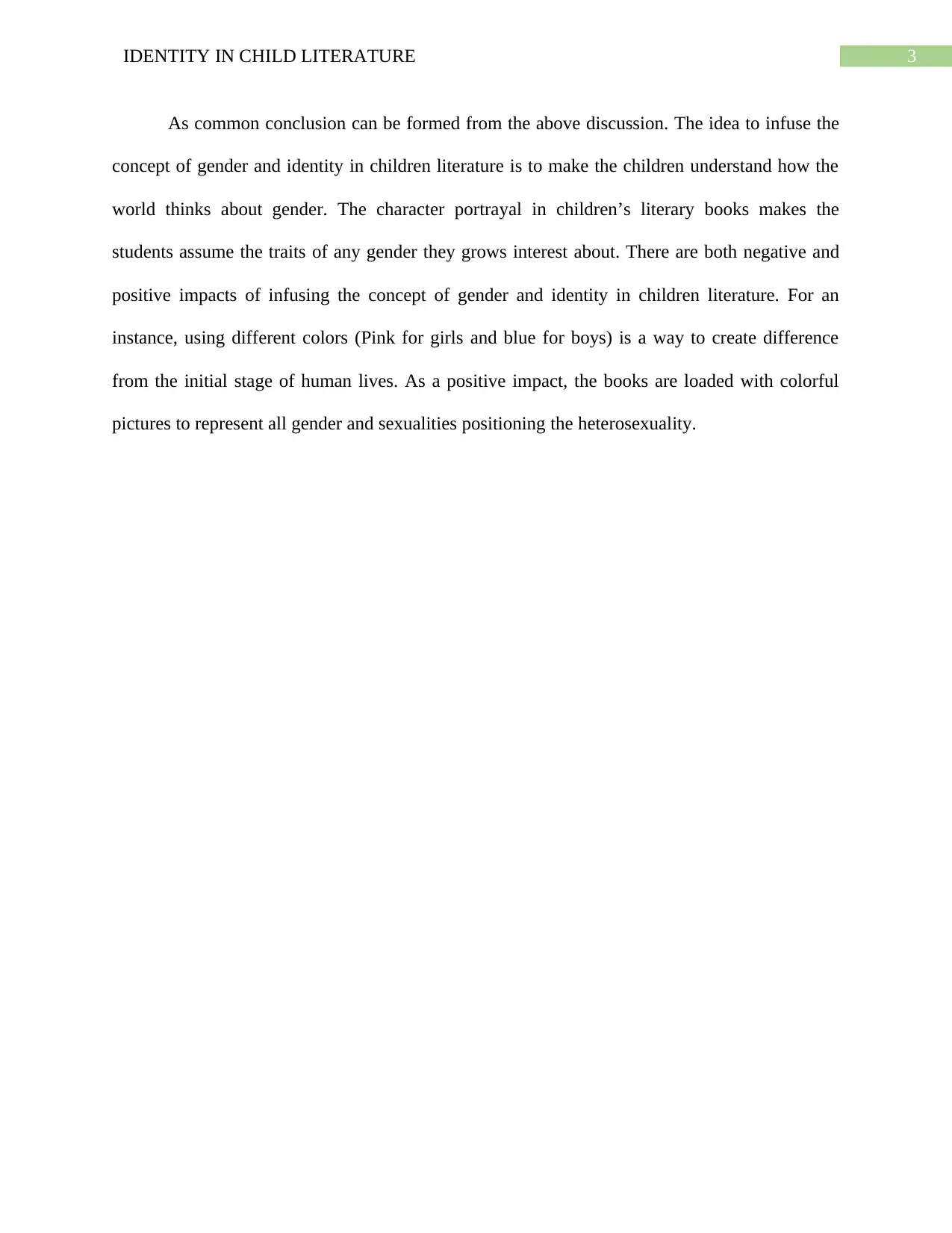
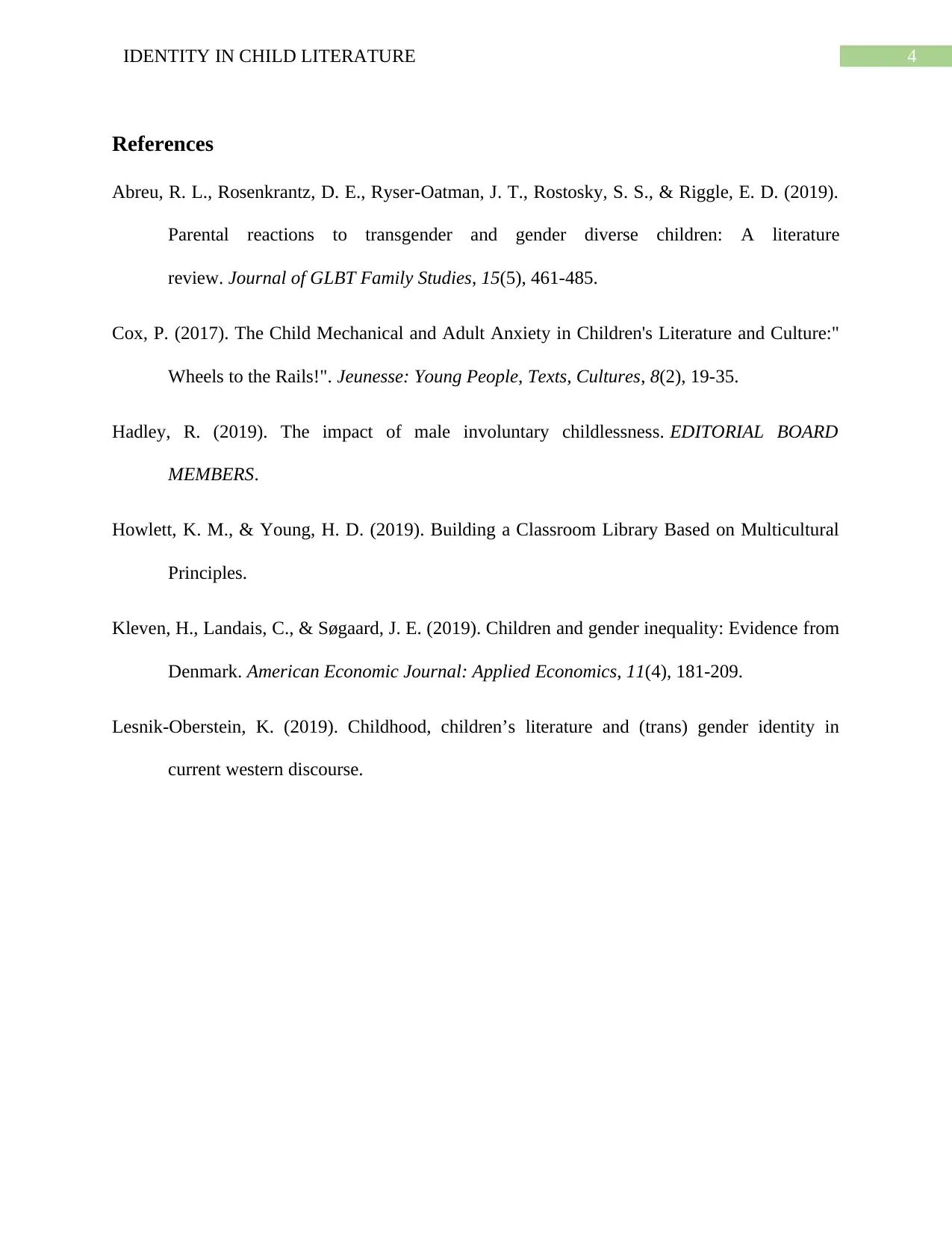
![[object Object]](/_next/static/media/star-bottom.7253800d.svg)